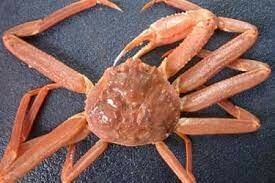In 1608, John Smith started mapping the Chesapeake Bay. However, it was very different from today's bay; the water was cleaner, the diversity of animals astounding and the landscape dominated by forests and marshes. Huge oyster reefs were plentiful throughout the bay and made navigation for Captain Smith difficult, leading to him remark that the oysters "lay as thick as stones."
Flash forward nearly 400 years and the story is completely different. Oyster populations have been decimated. Overharvesting, diseases and poor water quality have led to a sharp decline in oyster populations. However, there are many dedicated people and organizations encouraging the resurgence of the oyster.
In oyster hatcheries like Horn Point Lab, the future of our oyster population is being born and raised. Mature oysters will release sperm and eggs in a tank. The eggs become fertilized and are then moved to another tank, where they will grow into veligers. The veliger phases are the only phases in an oyster's life cycle where it is at least partially mobile.
The oyster will go through several veliger phases before eventually turning into a pediveliger, which has a muscular foot, similar to a clam, which allows it to crawl. At this point, the pediveliger will be placed into a different tank where weathered oyster shells have been placed. The pediveliger will eventually settle onto these old shells and mature into spat on shell.
Once the spat establishes itself, it will no longer be mobile and will start to mature into an adult oyster. The entire process, going from free-floating sperm and egg to settling down and turning into spat on shell, takes anywhere from two to three weeks. Once the spat is established, it can take one to three years for it to turn into a mature oyster capable of reproduction. Mature oysters can live for decades in the right conditions, and during this time they can even switch genders if needed for reproduction.
Read the full story at the Ocean Pines Independent>>






